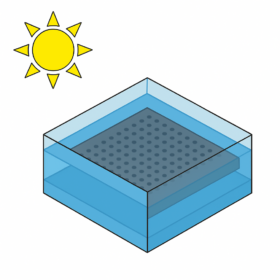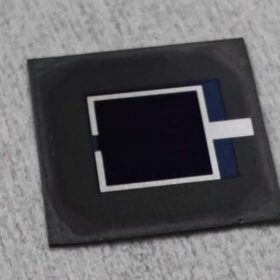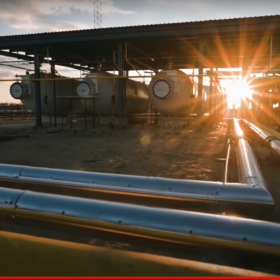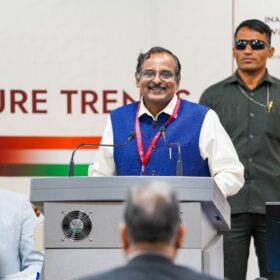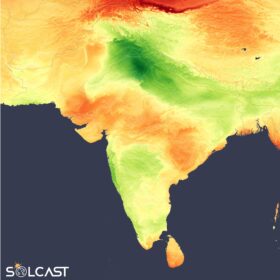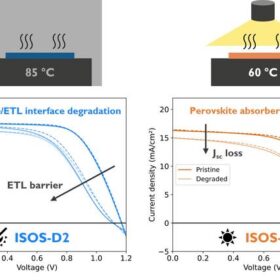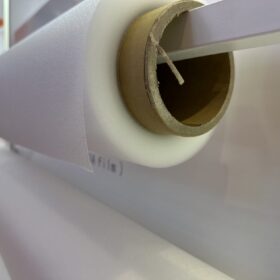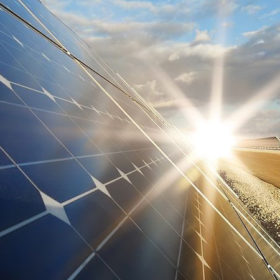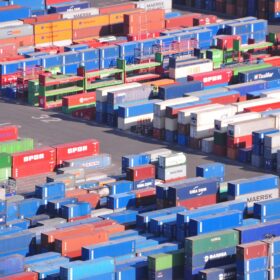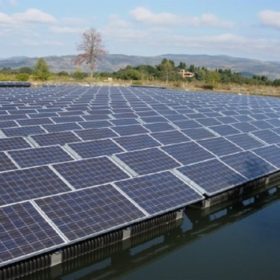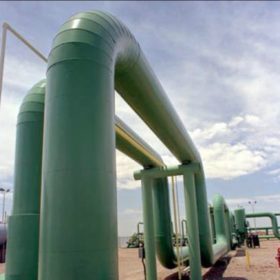Cooling PV panels with stagnant water layer
Researchers have developed a stagnant water layer cooling concept and tested it using seawater, tap water, and desalinated water. The panel temperature decreased by up to 8.2 °C, while power output increased by approximately 28%.
Japan launches R&D call for tandem perovskite solar cell mass production
Japan’s New Energy and Industrial Technology Development Organization (NEDO) is accepting proposals for a six-year R&D program to advance large-scale manufacturing technologies and field testing of next-generation tandem perovskite solar cells.
KAUST achieves 28.7% efficiency in perovskite-perovskite-silicon tandem solar cell
An international team of researchers led by King Abdullah University of Science and Technology has fabricated a triple junction perovskite-perovskite-silicon tandem solar cell that achieved a world record efficiency for this cell architecture. The device incorporates stabilized perovskites that ensure improved performance and stability.
NTPC Green Energy invites EoIs from green chemical developers to set up projects at India’s first green hydrogen hub at Pudimadaka
NTPC Green Energy Ltd (NGEL) is inviting Expressions of Interest (EoIs) from global and Indian developers to set up green hydrogen and/or green chemical projects within India’s first National Green Hydrogen Hub at Pudimadaka, near Visakhapatnam, Andhra Pradesh.
SolarEdge unveils all-in-one residential inverter and clickable modular battery system
The stackable battery ranges 4.9 kWh to 19.6 kWh per unit while the inverter is available in ranges from 3.8 kW to 13 kW. The company also introduced a meter socket adapter to avoid triggering costly main panel upgrades.
The Hydrogen Stream: “Hydrogen to play transformative role in India’s space missions, transportation, and clean energy future,” says ISRO Chairman
Hydrogen is set to play a transformative role in India’s space missions, transportation, and clean energy future, said Dr. V. Narayanan, Chairman, Indian Space Research Organisation (ISRO), at a National Workshop on “Hydrogen Fuel Technologies and Future Trends” held at Alliance University, Bengaluru, in association with Indian Institute of Science.
Early monsoon triggers irradiance swings across India in August
In a new weekly update for pv magazine, Solcast, a DNV company, reports that solar irradiance fell by up to 30% in India’s northern regions during the southwest monsoon season, while central areas of the country made solar gains.
Scaling perovskite tandems’ U.S. prospects
Three US manufacturers actively working to commercialize their respective perovskite-silicon tandem technologies make the case for tandem modules. CubicPV, Caelux and Swift Solar argue a commercial future for perovskites is inevitable, and they tell pv magazine the current policy environment could work in the technology’s favor.
Researchers identify main source of wide-bandgap solar perovskite degradation
Scientists in Belgium have investigated how perovskite absorbers used in solar cell degrade under three different stress test types and have found that the interface between the perovskite layer and the electron transport layer suffers from weak thermomechanical stability, which creates the conditions for performance losses.
Encapsulant delamination behavior in PV glass recycling
Researchers in Spain investigated effective separation of encapsulants from PV glass with a focus on melting behavior and resistance to the hot knife-method of delamination. The results indicated that thermoplastic polyolefin encapsulants were the easiest to remove from the PV glass.
